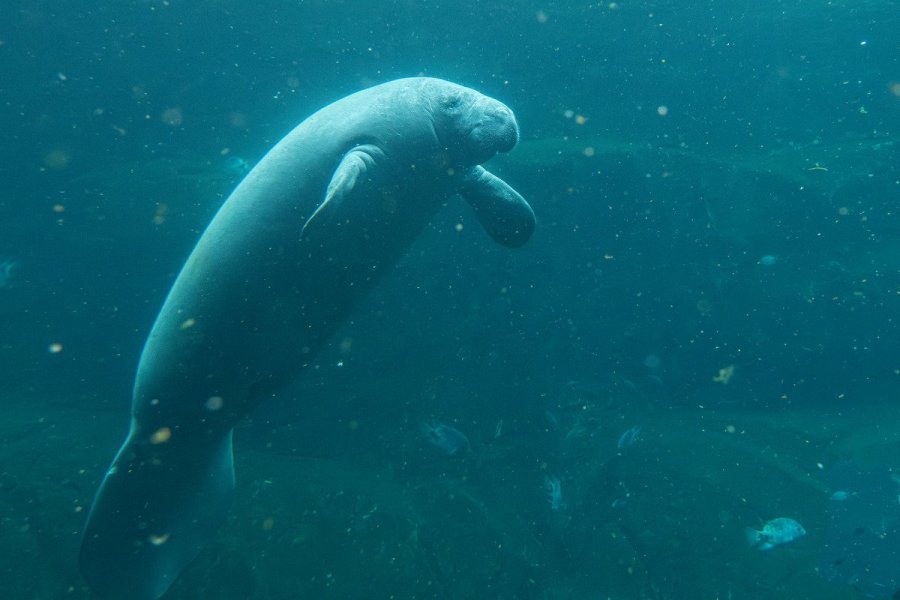
The Paris Zoological Park welcomes a female manatee
Recommended by Tanguy REVAULT
The Parc zoologique de Paris is part of the Muséum national d'Histoire naturelle. In the spring of 2024, the park is delighted to welcome a ...

Recommended by Tanguy REVAULT
The Parc zoologique de Paris is part of the Muséum national d'Histoire naturelle. In the spring of 2024, the park is delighted to welcome a ...
Proposed"> by pfute_1707414642403
From 04/26/2024 to 04/28/2024 : Create a personal painting by learning the techniques of collage, acrylic and gouache paint, pastel and transparency. Let yourself be guided by ...